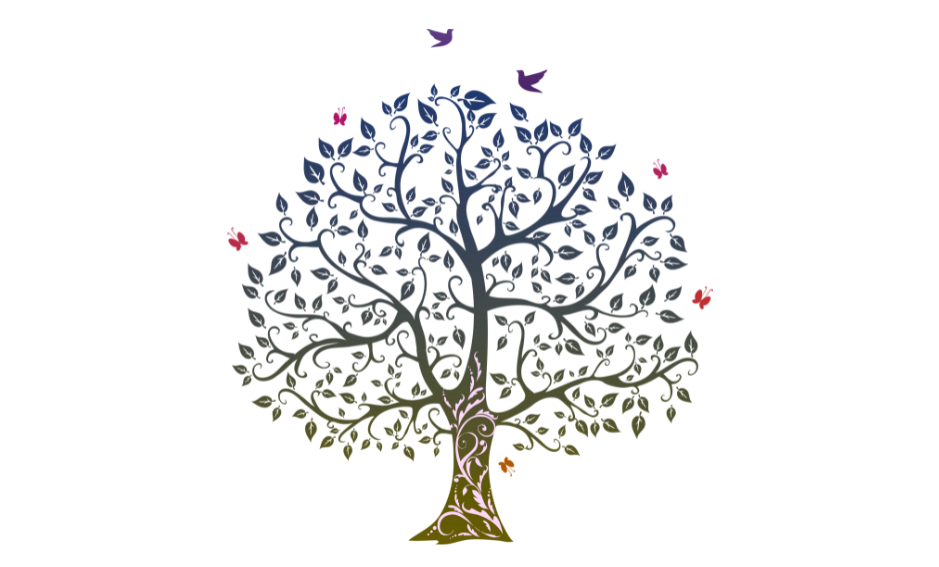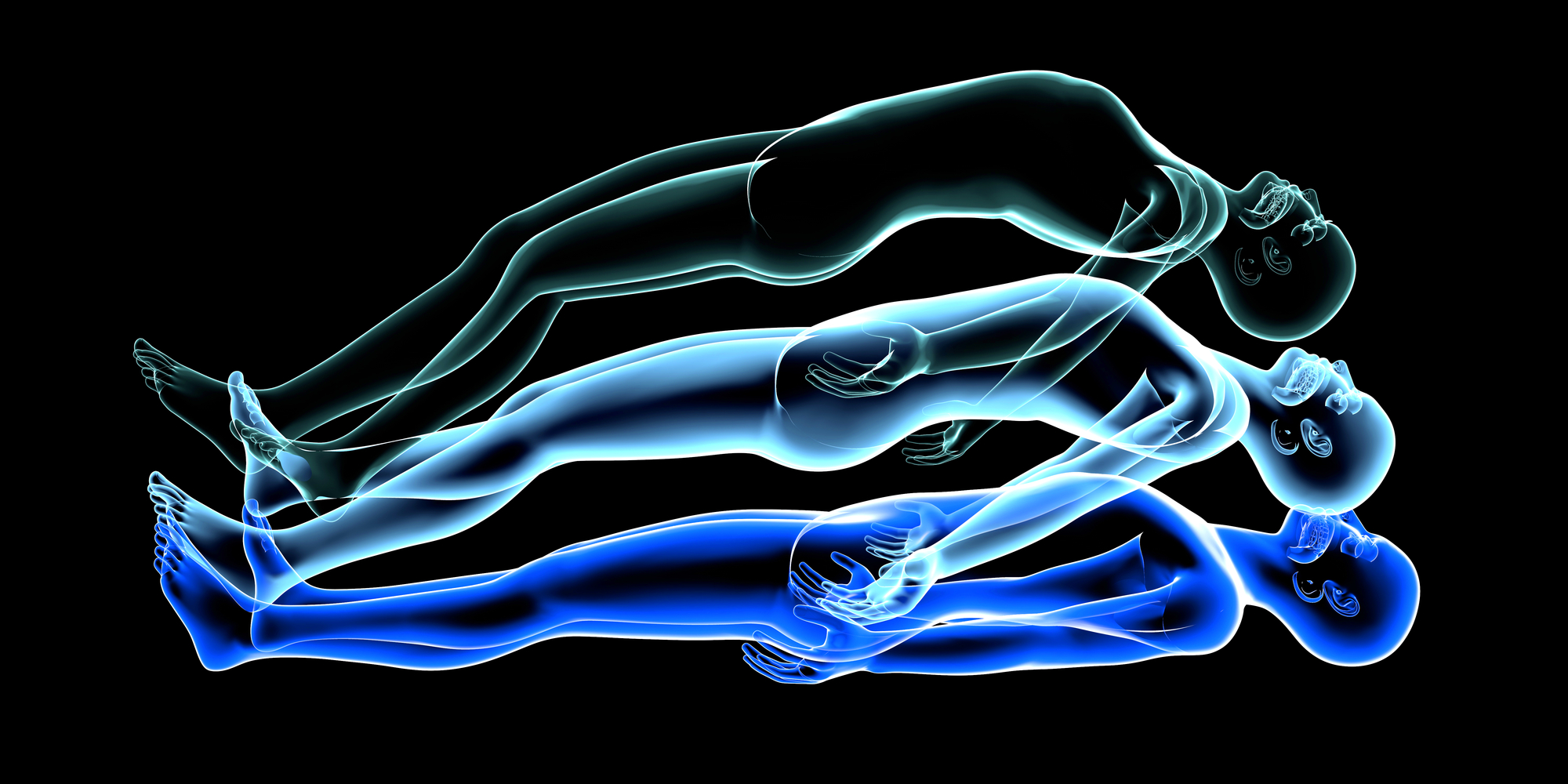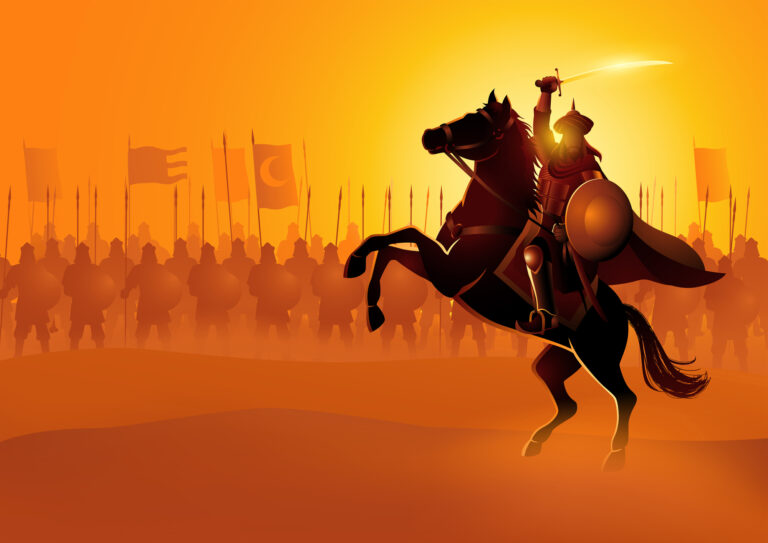The Vampires of Crete: The Katakanas
The folklore surrounding vampires in Crete, particularly the legend of the Katakanas, is a fascinating amalgamation of myth, superstition, and cultural narrative. This aspect of Cretan folklore, while less known than the vampire tales of Eastern Europe, offers a unique insight into the island’s historical beliefs about death, the supernatural, and the afterlife.
Understanding the Katakanas
- Origins and Characteristics
- Definition: The Katakanas in Cretan folklore are akin to the more widely known concept of vampires. However, it possesses unique characteristics attributed to local beliefs and traditions.
- Appearance and Powers: The Katakanas are often depicted as reanimated corpses rising from the grave to harm the living. It is believed to possess supernatural powers and a vicious nature.
- Cultural and Historical Context
- Folk Beliefs: Such legends are deeply rooted in Crete’s folklore and peasant superstitions, often reflecting societal fears and moral lessons.
- Historical Accounts: There are historical accounts and anecdotes, particularly in rural areas of Crete, that describe incidents and sightings of the Katakanas, blurring the lines between myth and perceived reality.
The Legend in Cretan Society
- The Fear of the Undead
- Protection Rituals: To protect against the Katakanas, Cretans would perform various rituals. These included exhuming and cremating suspected corpses or using specific burial practices to prevent the dead from rising.
- Social Implications: The fear of the Katakanas impacted social customs related to death and burial, and it was a topic often discussed with both fear and fascination in Cretan villages.
- Tales and Narratives
- Stories and Anecdotes: The tales of the Katakanas vary from village to village, with some describing personal encounters or the haunting of specific locations.
- Moral and Cautionary Tales: These stories often served as cautionary tales, warning against immoral behaviour or neglecting proper religious rites.

Interpretations and Symbolism
- Symbolism of the Katakanas
- Representation of Evil: The Katakanas in folklore symbolize evil and the perversion of the natural order, where the dead do not rest peacefully.
- Metaphors for Disease and Misfortune: Some interpretations suggest that tales of the Katakanas could symbolize disease outbreaks or periods of misfortune in communities.
- Psychosocial Interpretations
- Fear of Death and the Unknown: The legend encapsulates the human fear of death and the unknown, particularly the unsettling idea of the dead returning to the realm of the living.
- Coping Mechanism: Folklore, like the Katakanas, can also be seen as a societal coping mechanism for understanding and rationalizing unexplainable events or tragedies.
Modern Perspectives and Cultural Legacy
- Decline in Belief
- Rationalism and Science: With the advent of modern science and rationalism, belief in supernatural entities like the Katakanas has significantly declined in Crete.
- Folklore Preservation: However, these legends are preserved as part of the island’s rich cultural heritage and folklore.
- Impact on Literature and Media
- Inspirational Source: The Katakanas, like other vampire legends, have inspired various forms of literature, art, and media, contributing to the broader vampire mythos in popular culture.
- Cultural Studies: They also present an exciting subject for artistic and anthropological studies, reflecting the evolution of societal beliefs and superstitions.
Conclusion
The legend of the Katakanas in Crete is a captivating element of the island’s folklore, offering a window into the past where fear, superstition, and the unexplainable were intertwined with daily life. While modern society may no longer hold such beliefs, these tales continue to enrich the cultural tapestry of Crete, reminding us of the complex ways humans seek to understand and navigate the mysteries of life and death.







